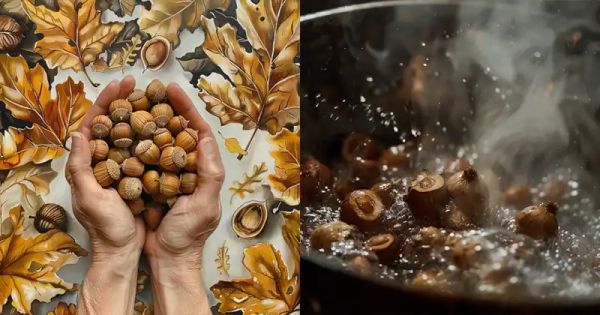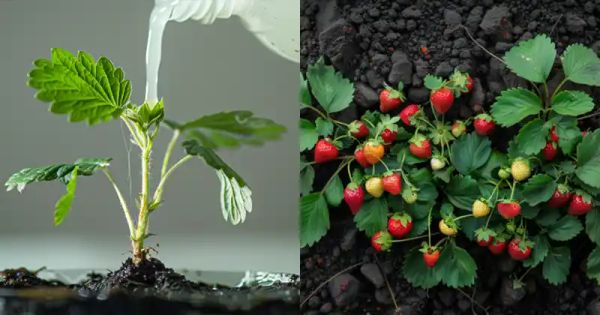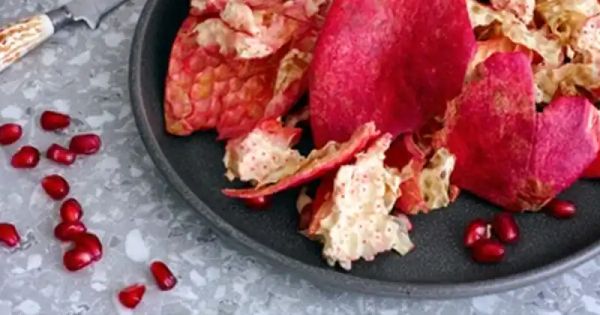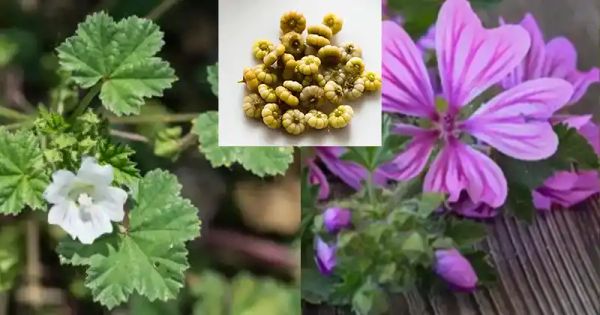
In the vast world of plants, few have made such a lasting impact on human health and wellness as Malva neglecta and Malva sylvestris. These plants, also known as common mallow and high mallow, have a rich history of use in cultures around the world. From digestive aid to respiratory relief, and even immune system support, their benefits are both traditional and supported by modern research.
Uses and Health Benefits
Malva Neglecta (Common Mallow)
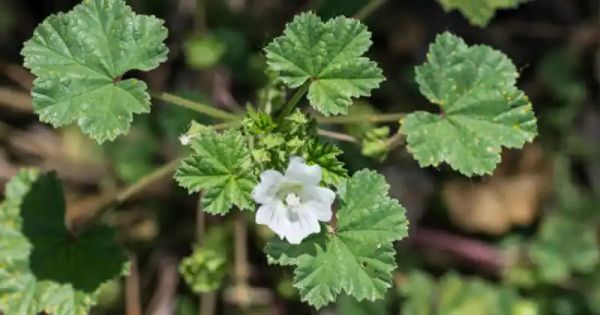
- Digestive Aid: Common mallow’s gentle properties can ease irritation in the digestive system and provide relief for issues like gastritis and heartburn.
- Respiratory Relief: It can help alleviate symptoms of colds, bronchitis, and sore throats by soothing irritated mucous membranes.
- Anti-inflammatory Properties: The plant’s anti-inflammatory effects can reduce swelling and pain in conditions like arthritis and muscle aches.
- Immune System Support: Rich in antioxidants, common mallow can help protect the body from infections and oxidative stress.
- Urinary Health: It acts as a diuretic, helping to flush out toxins and reduce the risk of urinary tract infections.
- Skin Care: Common mallow can hydrate and soothe skin irritation, eczema, and burns, accelerating skin regeneration.
- Antioxidant-rich: It contains powerful antioxidants that support cardiovascular health and reduce cholesterol.
- Culinary Uses: The leaves, stems, and flowers of common mallow can be added to meals for a nutritious boost.
Incorporating Malva neglecta into your wellness routine or diet can offer a holistic approach to health, combining centuries of traditional use with modern research.
Malva Sylvestris (High Mallow):
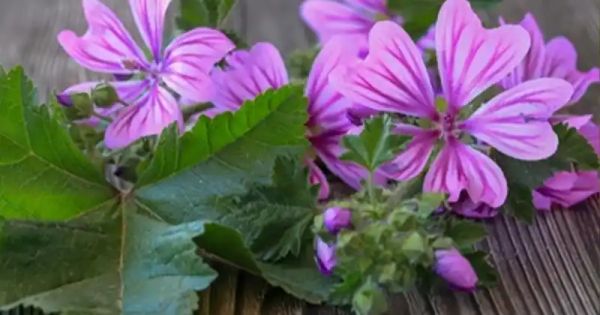
- Anti-inflammatory Properties: High mallow is known for reducing swelling and easing pain, making it beneficial for sore throats and gastrointestinal inflammation.
- Respiratory Relief: It helps alleviate symptoms of colds, bronchitis, and asthma by loosening phlegm and easing coughing.
- Wound Healing and Skin Care: High mallow can accelerate wound healing, reduce inflammation in eczema or dermatitis, and provide relief from bites and burns.
- Antioxidant Effects: The antioxidants in high mallow protect the body from oxidative stress, supporting the immune system and overall health.
- Digestive Health: It soothes and protects the digestive system, providing relief from indigestion, gastritis, and ulcers.
- Urinary Tract Support: High mallow promotes urine production and flow, aiding in detoxification and preventing urinary tract infections.
Incorporating Malva sylvestris into wellness routines can provide a wide range of health benefits. Consult a healthcare professional before using high mallow, especially if you have existing health conditions or are taking medications.
Harnessing the Benefits of Malva Neglecta and Malva Sylvestris
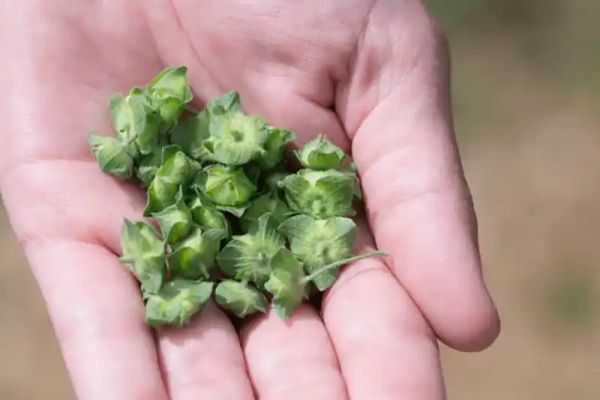
To fully enjoy the benefits of Malva neglecta and Malva sylvestris, it’s important to know how to use them properly. Here are some methods of utilization:
Preparing Teas and Infusions
- Teas: Steep 1-2 teaspoons of dried leaves or flowers in boiling water for 10-15 minutes to make a therapeutic tea. Ideal for soothing digestive issues and respiratory conditions.
- Infusions: Place a handful of fresh or dried leaves in a jar, cover with boiling water, and let it steep overnight. Strain in the morning for skin washes or as a base for creams.
Creating Poultices for Topical Use
- Crush fresh leaves into a pulp and apply directly to the affected area. This method is effective for eczema, minor burns, and insect bites.
Preservation and Storage
- Dry the leaves and flowers by spreading them in a single layer on a drying rack in a warm, airy space away from direct sunlight. Store them in airtight containers in a cool, dark place to maintain their medicinal qualities.

Disclaimer
While Malva neglecta and Malva sylvestris have been traditionally used for their health benefits, this article does not constitute medical advice. Consult a healthcare professional before starting any new treatment or herbal supplementation, especially if you are pregnant, nursing, or on medication.
Concluding Thoughts
Malva neglecta and Malva sylvestris are powerful plants that support human health and well-being. By understanding how to use them responsibly and sustainably, we can incorporate these versatile plants into our wellness routines, bridging the gap between traditional herbal wisdom and modern-day health practices. Let the gentle giants of the plant world remind us of the enduring connection between nature and our health.
